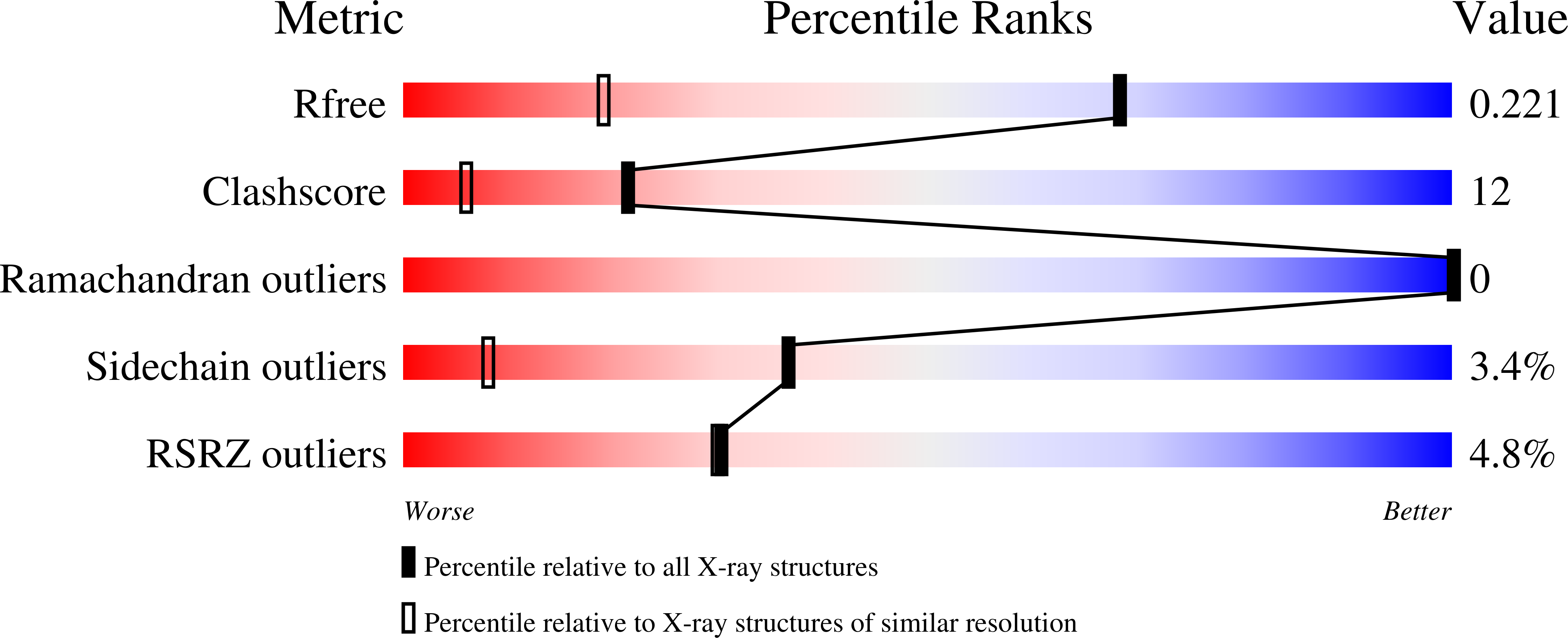
Deposition Date
2009-10-06
Release Date
2010-06-09
Last Version Date
2023-09-06
Entry Detail
PDB ID:
3K4V
Keywords:
Title:
New crystal form of HIV-1 Protease/Saquinavir structure reveals carbamylation of N-terminal proline
Biological Source:
Source Organism:
Human immunodeficiency virus type 1 (Taxon ID: 11678)
Host Organism:
Method Details:
Experimental Method:
Resolution:
1.39 Å
R-Value Free:
0.22
R-Value Observed:
0.15
Space Group:
P 1 21 1


